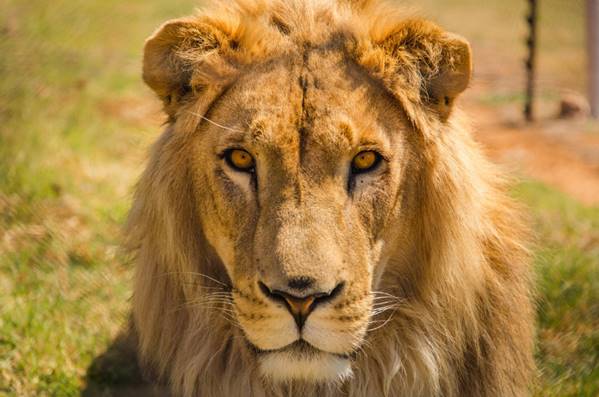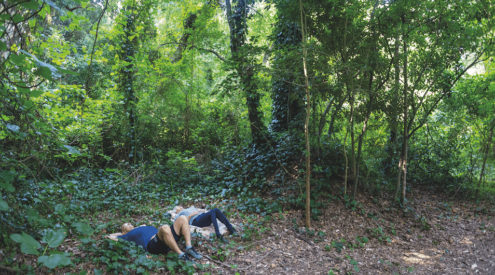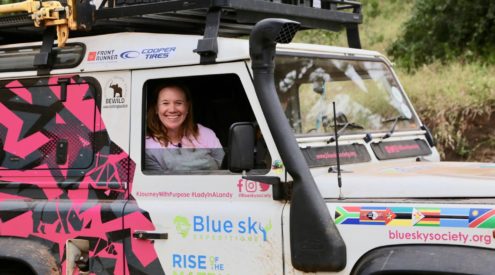A South Africa without lions is unimaginable – the lion is an iconic species of the Big Five. But as the breeding of lions for commercial purposes, like canned hunting and bone trade, continues to flourish, we run the risk of living in a world without any of these magnificent African ambassadors.
‘Today, the official number of captive bred lions is around 50% more than it was in 2010. Not only are these animals born to be killed, but they often live in appalling conditions and are subjected to intense animal cruelty,’ says Fiona Miles, South African director of Four Paws, one of the largest welfare organisations in South Africa fighting for the protection of big cats.

The best way to protect this iconic big cat is by arming yourself with the following little-known information, Miles says.
Lions are in danger
South Africa holds more lions in captivity than any other country in the world, according to recent studies. While there are only about 3,000 wild lions living in national parks and reserves in the country, there are between 8,000 and 12,000 of them living in captivity.
Instead of contributing to conservation efforts, the overwhelming majority of these captive lions are bred for the lion bone trade and/or canned lion hunting, and about 600-1,000 captive lions are killed in trophy hunts each year.
Lion bone used in traditional medicine
Those captive lions that are not killed in canned hunts are sometimes slaughtered for their bones. These bones are exported to Southeast Asia where they are used in traditional medicine.
This trade stimulates demand for lion bones and incentivises poachers to target wild lions and sell their bones on these markets. South Africa is the largest legal exporter of lion bones and skeletons for use in Far Eastern countries, with an annual quota of 800 lion skeletons approved in 2018. Lion body parts are also used locally as ‘muti’ to make African traditional medicine.
‘As an organisation we strive for a world where animals are treated with the respect and empathy they deserve. Commercial captive-bred lions mean only one thing: decimating the lion populations – directly and indirectly. By allowing this industry to flourish, direct damage is being caused to Brand South Africa and the conservation image of our country,’ says Miles.
Unlike rhino, lion deaths are legal
International trade in rhino horn was banned by the Convention on International Trade in Endangered Species of Wild Fauna and Flora (CITES) in 1977. However, trade in lion body parts is still legal. This is despite research showing legal lion bone trade mirrors the illegal poaching of rhinos.
There are an estimated 300 farms on which lions are bred and kept for commercial purposes in South Africa. Most breeding and hunting facilities in South Africa are located in the provinces of the Free State, North West and Limpopo.
Animal interactions and cub-petting fuel canned lion hunting
Many captive lion facilities offer visitors an animal interaction experience in which they can pet a lion cub. This requires for the cubs to be removed from their mothers within a few days of birth, and the subsequent hand-rearing allows the cubs to become accustomed to human interaction. As the lions grow, they are used for other tourist activities, such as ‘walking with lions’.
Once these lions have matured and reached the age of between four and seven years, they are transported to hunting areas and used for trophy hunting.
You can save our lions
71% of South Africans believe canned hunting should be banned, and 76% of South Africans believe canned hunting to be unethical, based on a Four Paws survey carried out in 2015.
The best way to prevent this trade is to avoid any activity that includes physical interactions with lions, such as petting lion cubs or walking with lions. You can also speak out against the trade by signing the Four Paws petition.
‘If you can touch the lions, steer clear! Many of these facilities are the face of the captive breeding industry. Lions belong in the wild, and it’s our responsibility to ensure they stay there,’ says Miles.
Featured image: supplied
















